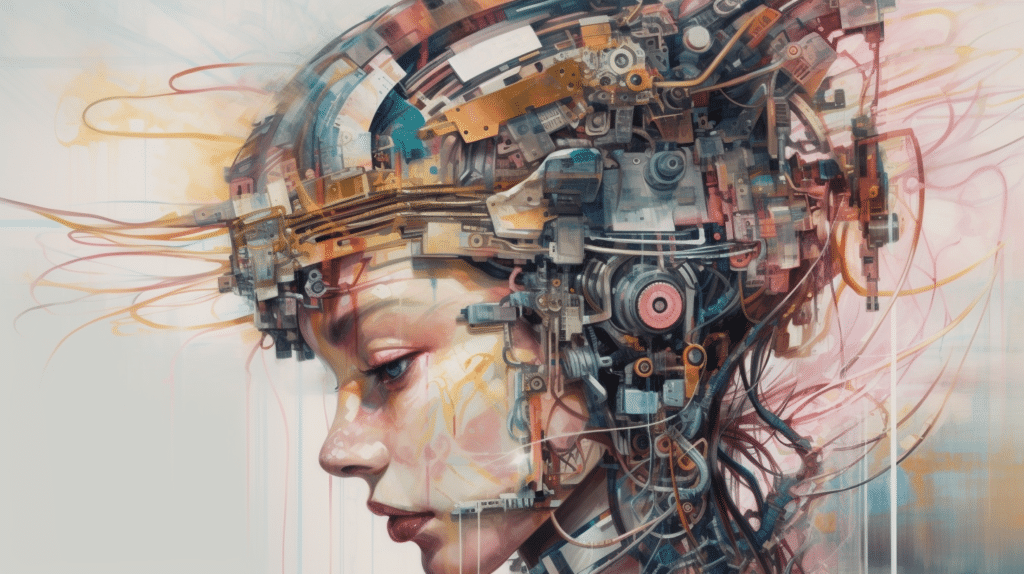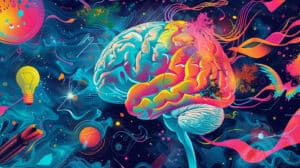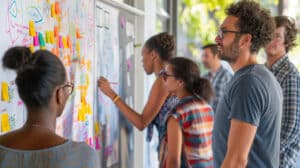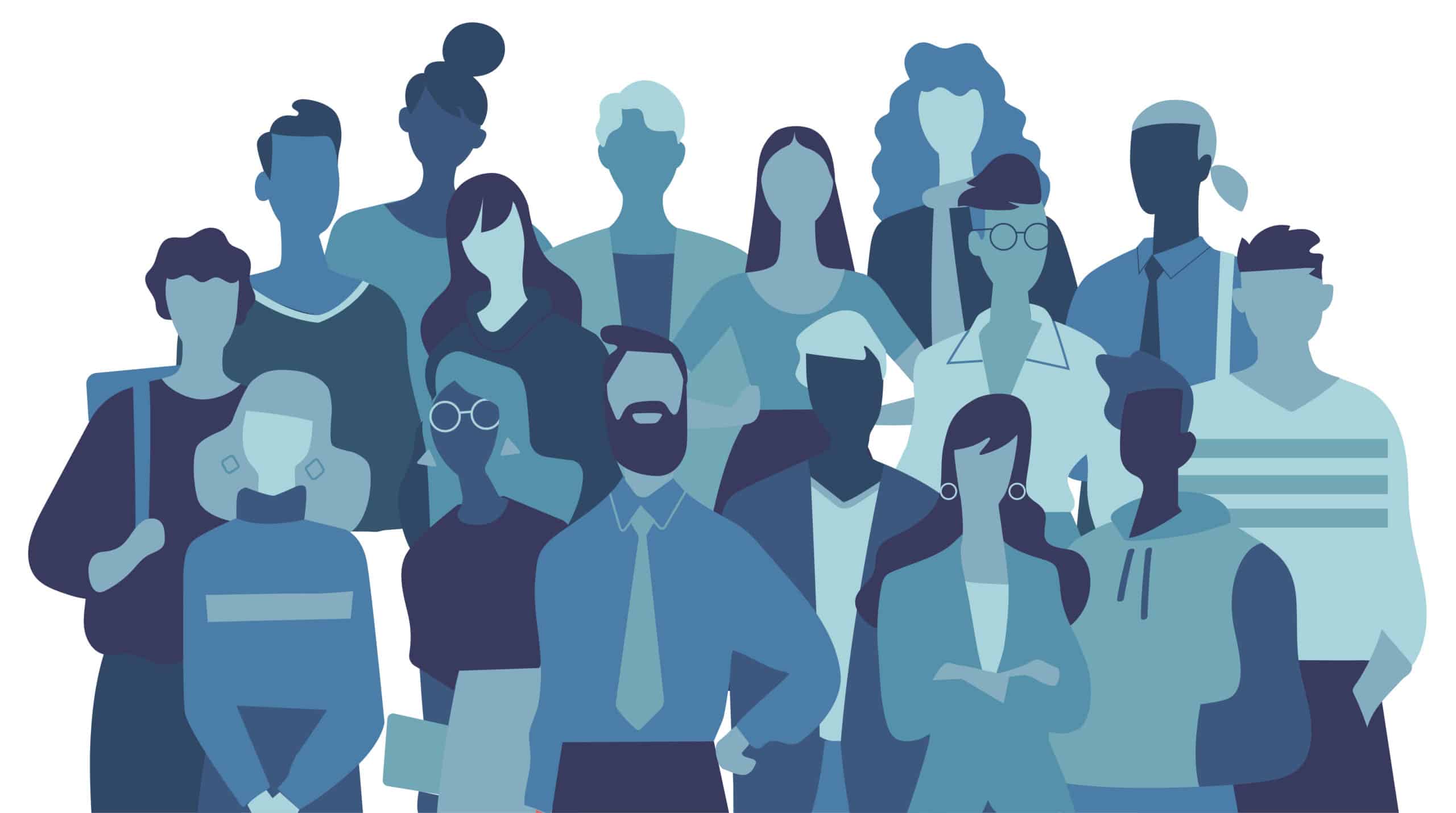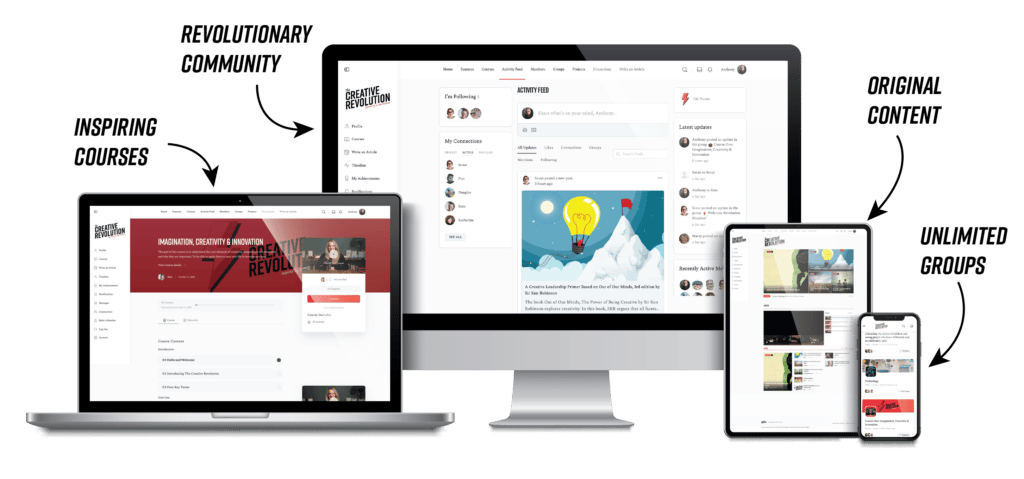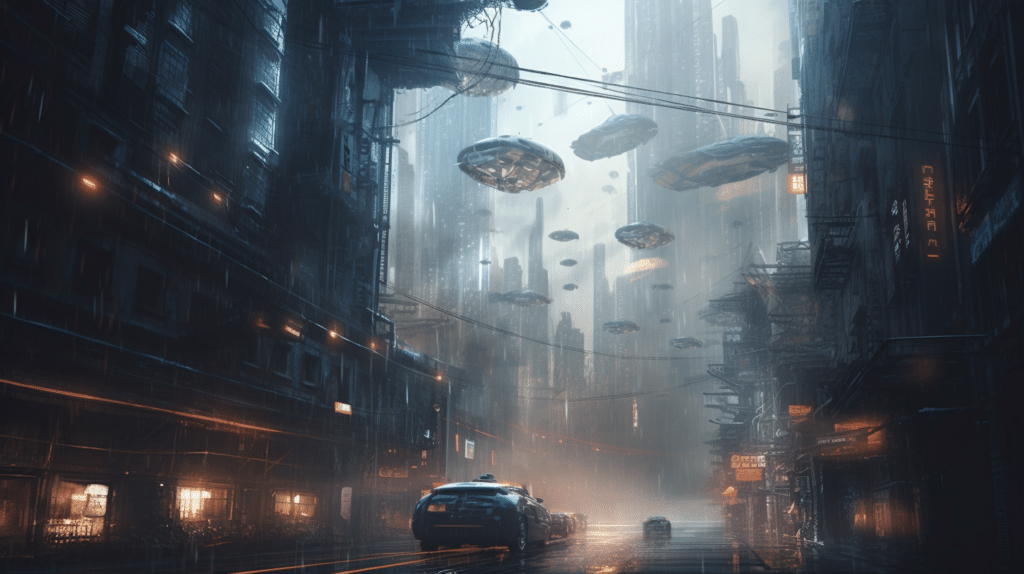
Prompt: A still-life painting of a futuristic cityscape in a sci-fi style, featuring flying cars and towering skyscrapers. In post-processing, lens flares and chromatic aberration are applied to create a moody atmosphere. --ar 16:9 --s 500 --c 10 --v 5
There is literally no escaping it. You can run. You can hide. But eventually, the conversation about innovations in AI will find you.
But, is it art?
As generative AI continues to evolve and gain ground, the potential of tools like Dall-E 2, Stable Diffusion, and Midjourney to produce visually striking, artistic images in mere seconds has left the creative community pondering the implications of such advancements. While some artists and designers are excited by the prospect of pushing the boundaries of their work, others are concerned about the potential risks to their livelihood and the wider creative industry.
I’ve spoken before about my Imposter Syndrome being a digital artist, and how I have found myself justifying being one and labelling it as ‘art’. Whilst I push, or at least at the moment spray, physical paint across a canvas, I have been creating art on my computer for years. Quite literally years, as a moody copy of Adobe Photoshop was given to me as a 15 year old boy and… that was a while ago!!
But this conversation is different. This, is pretty unprecedented in comparison, and I presume some would argue it falls further away from the traditional response to the question “But, what is art?”
I’m of course talking about Generative AI.
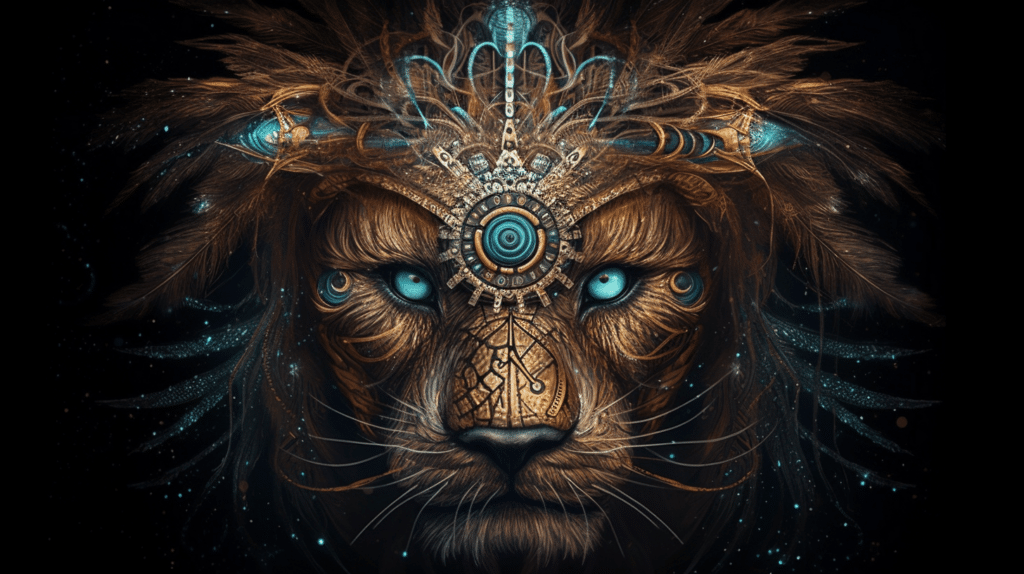
Prompt: A digital illustration of a lion with peacock feathers for a mane, creating a unique and visually striking fusion of the two majestic creatures. --ar 16:9 --s 500 --c 10 --v 5
Generative AI
To try and avoid jargon, Midjourney – used in this article to produce all the images you see, is a text-to-image generator. You type out a simple prompt, showcased under each image for your reference, and it generates 4 resulting options and routes for you to either download or further explore.
It’s founder, David Holz, recently admitted to Forbes that the company’s AI was trained on hundreds of millions of images without consent from their authors. This revelation has sparked outrage among both artists and privacy advocates, raising concerns about the ethical implications of such actions, as well as copyright issues that might emerge.
Generative AI, to introduce a bit more technical jargon, utilises large datasets to learn patterns and predictively create original content, and has grown increasingly adept at mimicking various artistic styles. This unprecedented momentum has very quickly raised concerns about copyright infringement, as AI image tools have been trained on copyrighted works by living artists without their consent. In response, initiatives like the Have I Been Trained? tool have emerged to help artists understand if their work has been used in AI training sets, giving them the option to opt-out.
For some, the question of copyright infringement is overshadowed by a more profound concern: will generative AI eventually replace human artists? Critics argue that tools like Midjourney, where all the art on this article has been created (each taking me less than 30 seconds to generate) may threaten the commercial viability of traditional art forms, as AI-generated images could potentially replace stock images and illustrations for articles (way ahead of you), as well as books, prints or album covers.
In fact, just this week Sony’s Photograph of the Year award went to an AI generated photograph and was turned down by the artist who submitted it. The submission was deemed a social experiment by the ‘artist’.
Creative Economy Concerns
As AI-generated images and designs become more sophisticated, there is growing concern that these technologies could endanger the livelihoods of traditional artists and designers.
One of the primary concerns is the potential loss of job opportunities for human creatives, as companies may increasingly turn to AI-generated content to save time and money. AI-driven tools like Midjourney can create an abundance of original, high-quality images and designs at a fraction of the cost of hiring a human artist, making them an attractive option for businesses seeking to cut costs and streamline their creative processes. As a result, the demand for human artists and designers may dwindle, leading to a decline in job opportunities and financial security for those in the creative industries.
Furthermore, the widespread adoption of generative AI technologies could also lead to a homogenisation of creative outputs. While AI-generated content can be visually striking and innovative, it may not always possess the same level of depth, emotion, or meaning as a piece created by a human artist. As a result, the creative industries may become saturated with generic, machine-generated content that lacks the nuance and individuality that distinguishes truly great art.
Additionally, the rise of AI-generated art may also lead to a devaluation of human-created art, as the distinction between the two becomes increasingly blurred. If AI-generated images and designs become indistinguishable from those created by humans, the value of human-generated art could decline, as collectors and enthusiasts question the worth of purchasing an original piece by a human artist when a visually similar AI-generated alternative is available at a lower cost.
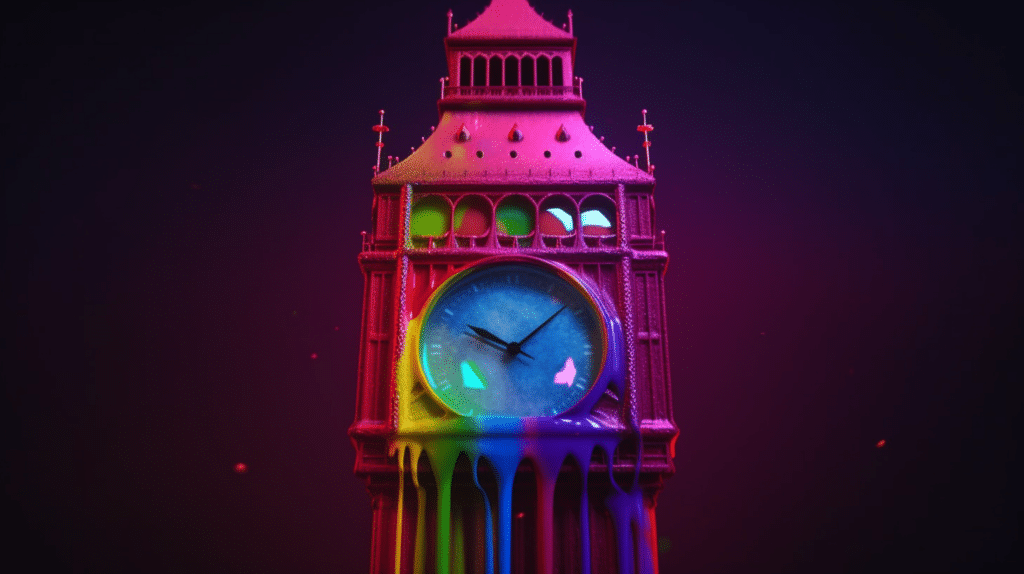
Prompt: A surrealist interpretation of the familiar London landmark, Big Ben, featuring an AI-generated melting clock face on a melting acid trip with bright, vibrant colors. High-definition, ultra-realistic, 8K resolution. --v 5 --ar 16:9 --s 500 --c 10
Accessible to all?
On the other hand, proponents of generative AI believe that these tools can democratise art by making it more accessible and allowing non-artists to explore their creativity. The argument there, as far as I can see it, is that AI-generated art can coexist alongside traditional human-created art, and that it can even inspire new forms of artistic expression.
One way to differentiate AI-generated art from human creativity is to understand the types of creativity they exhibit. Some experts argue that AI image generators demonstrate “combinational” creativity, as they create novel images in the same style as their training data, while others suggest that generative adversarial networks (GANs) exhibit “transformational” creativity, creating entirely novel styles. To demonstrate, I’ve left the prompts for each artwork underneath to show you the reference points it’s using to create this art.
As I show here, by automating certain aspects of the creative process, artists and designers may be able to dedicate more time to honing their skills, exploring new ideas, and developing innovative techniques that push the boundaries of their respective fields. In this way, AI-generated art could act as a catalyst for human creativity, rather than a threat to it.
What I can only conclude from doing this is… The World of AI is complete and utter madness, isn’t it? And we truly have been thrown in to it haven’t we, whether we like it or not. How can we keep up with this pace of innovation, and where is all this heading?
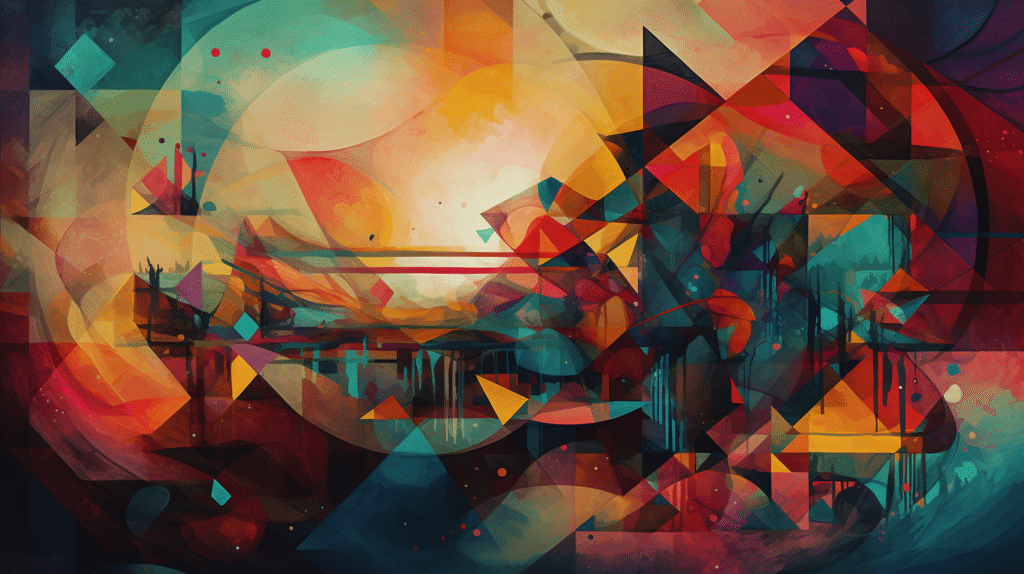
Prompt: An abstract painting with vibrant colours and geometric shapes, demonstrating Midjourney's ability to invent new artistic styles and push the boundaries of AI-generated art. --v 5 --s 500 --c 10 --ar 16:9
Is there a conclusion?
The debate over AI’s role in the creative industries is far from settled, and as these tools continue to evolve, so will the conversation surrounding their impact. Whether generative AI will ultimately enhance or undermine human creativity remains an open question, but one thing is certain: as AI art gains traction, it will undoubtedly reshape the way we think about and engage with the creative process. I’m all for that bit.
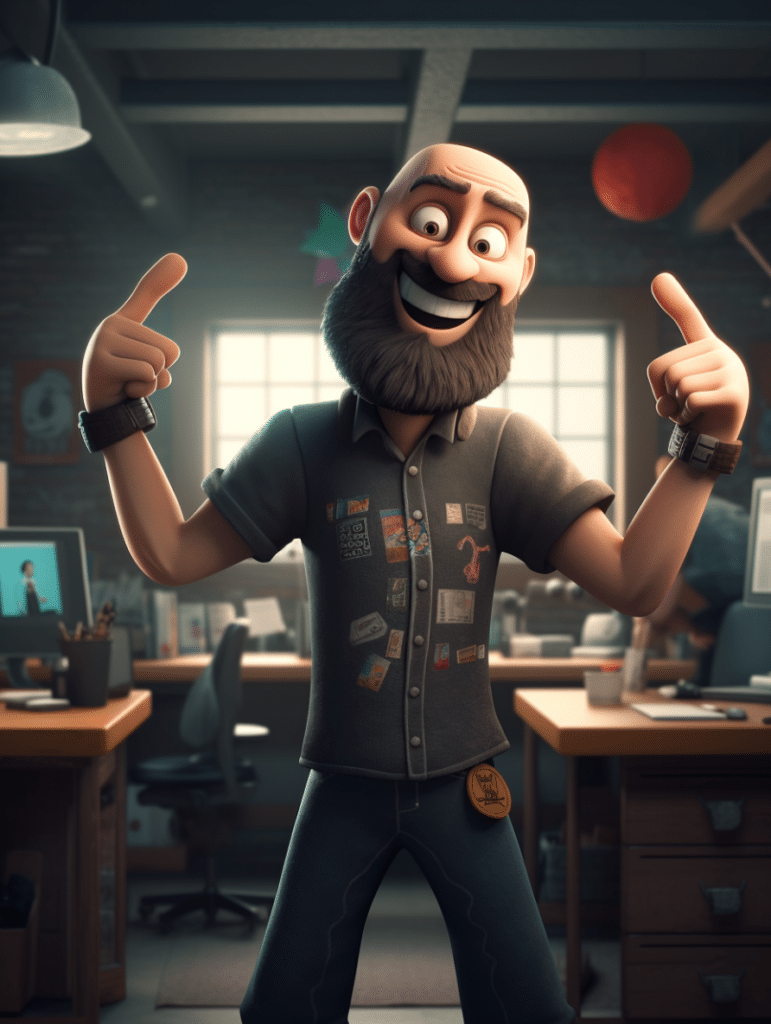
Prompt: bald, bearded hipster with a welcoming smile face,looking into the viewer,in modern creative working environment, standing infront of work station,super detail,3d character from Disney Pixar,black tee shirt, arms out wide to welcome, Unreal Engine 5, Cinematic, portrait Photography, Ultra-Wide Angle, Depth of Field, hyper-detailed, insane details, intricate details, beautifully color graded, Unreal Engine, Cinematic, Photoshoot, Shot on 25mm lens, Depth of Field, DOF, Tilt Blur, Shutter Speed 1/1000, F/22, White Balance, 32k, Super-Resolution, Megapixel, Pro Photo RGB, VR, Lonely, Good, Massive, Half rear Lighting, Backlight, Natural Lighting, Incandescent, Optical Fiber, Moody Lighting, Cinematic Lighting, Studio Lighting, Soft Lighting, Volumetric, Conte-Jour, Beautiful Lighting, Accent Lighting, Global Illumination, Screen Space Global Illumination, Ray Tracing Global Illumination, Optics, Scattering, Glowing, Shadows, Rough, Shimmering, Ray Tracing Reflections, Lumen Reflections, Screen Space Reflections, Diffraction Grading, Chromatic Aberration, GB Displacement, Scan Lines, Ray Traced, ray Tracing Ambient Occlusion, Anti-Aliasing, FKAA, TXAA, RTX, SSAO, Shaders, OpenGL-Shaders, GLSL-Shaders, Post Processing, Post-Production, Cell Shading, Tone Mapping, CGI, VFX, SFX, insanely detailed and intricate, hyper maximalist, elegant, super detailed, dynamic pose, photography, volumetric, ultra-detailed, intricate details, 8K, super detailed, ambient occlusion, volumetric lighting, high contrast, HDR, --ar 3:4 --q 2 --s 750 --v 5.
Questions for the Comments:
- How do you feel about generative AI’s impact on the creative industries? Do you see it as a threat or an opportunity for artists and designers?
- As a creative professional, how do you envision incorporating generative AI tools into your own work? Share your thoughts on the potential benefits and challenges of using these technologies.
- What are your thoughts on the ethical and legal implications of using AI-generated art? Should there be stricter regulations in place to protect copyrights and artistic integrity?
- In your opinion, can AI-generated art truly be considered ‘creative’? How do you define creativity in the context of machine-generated works?
